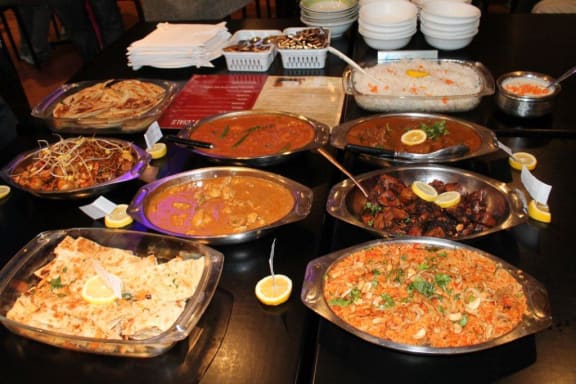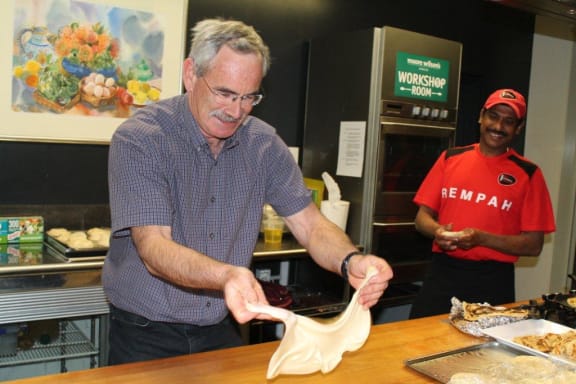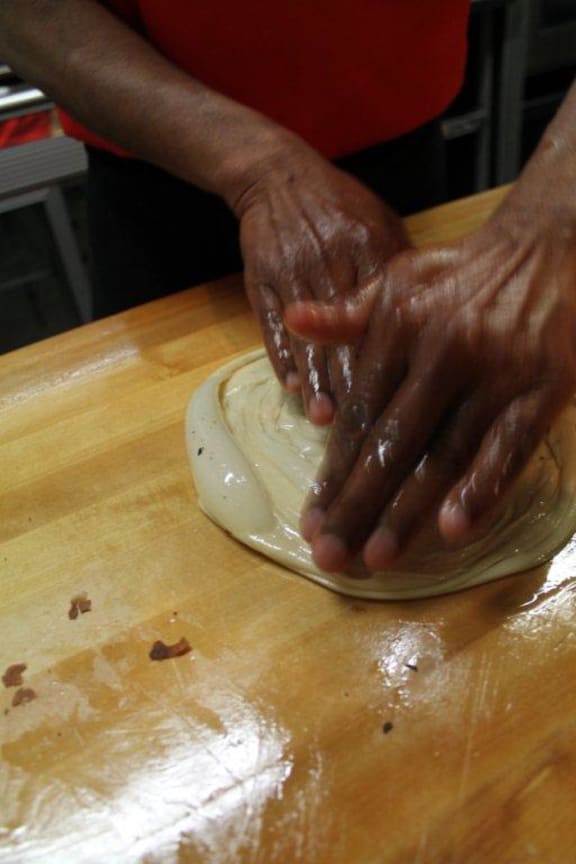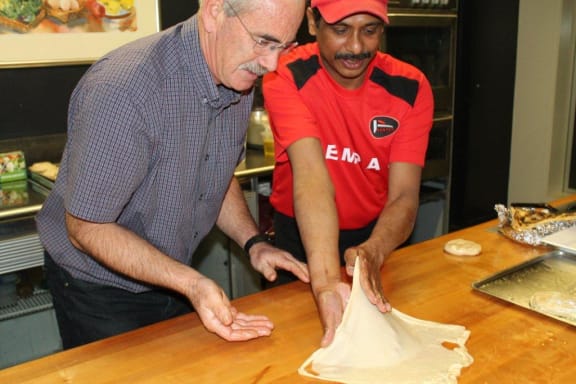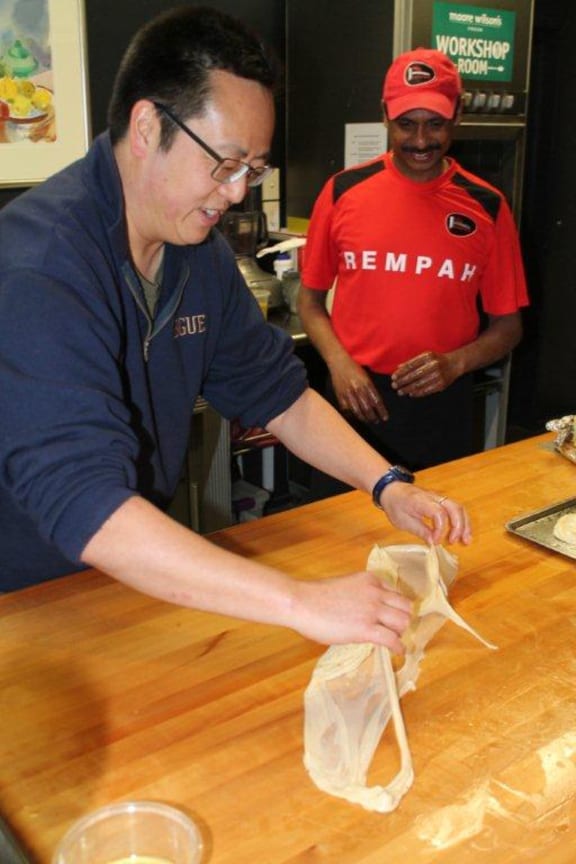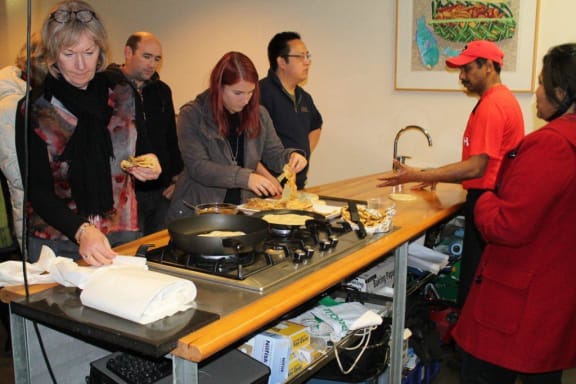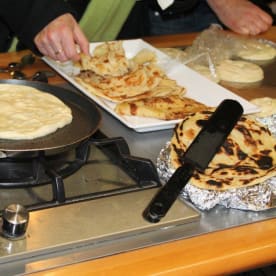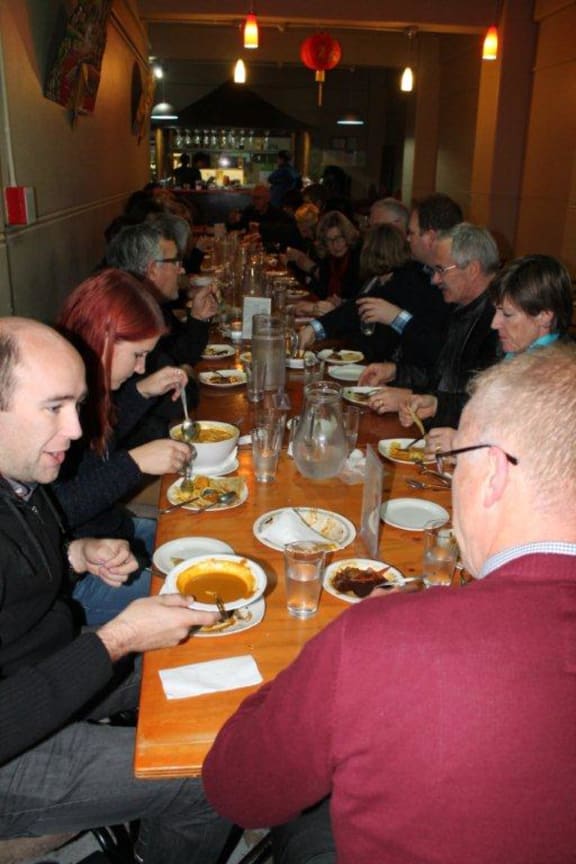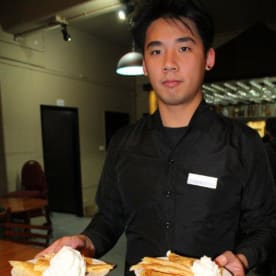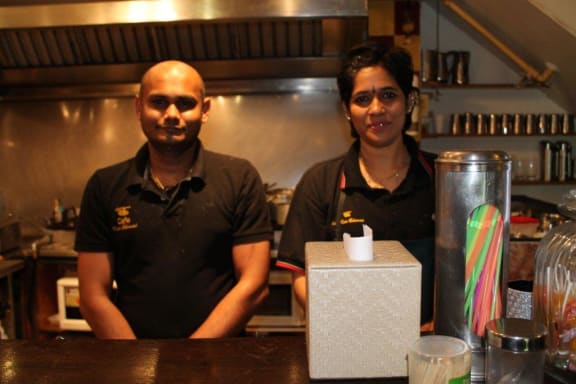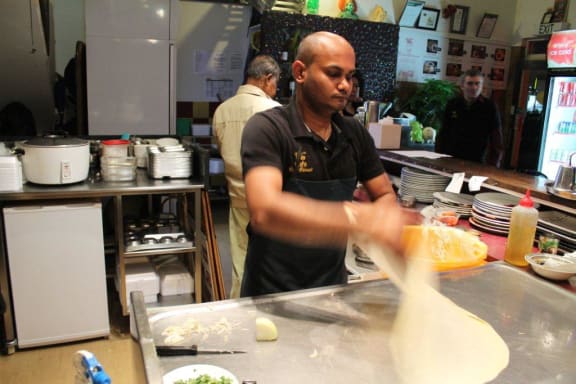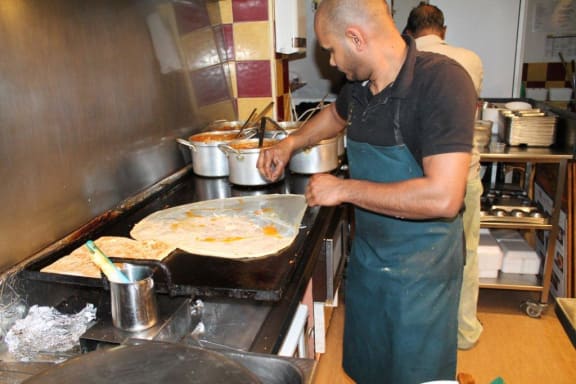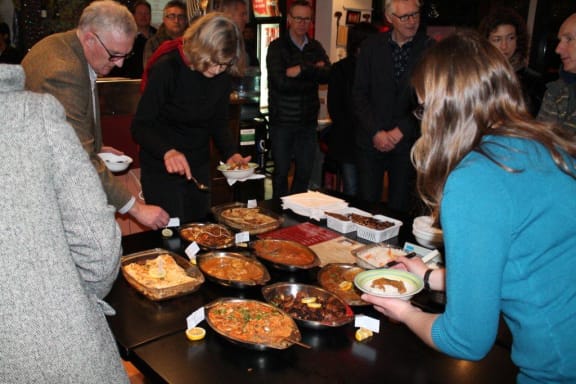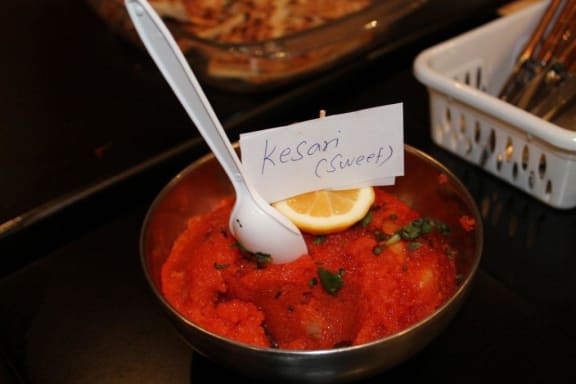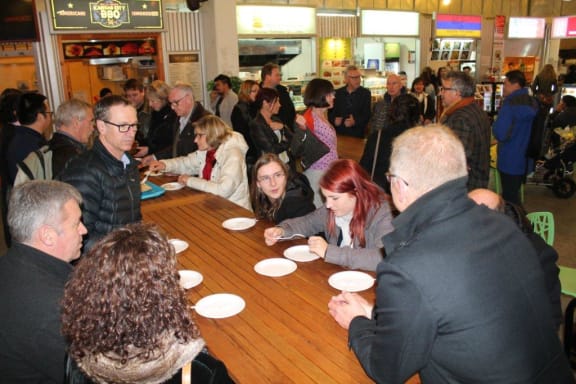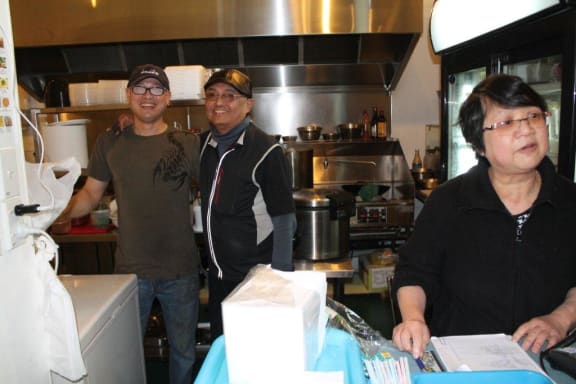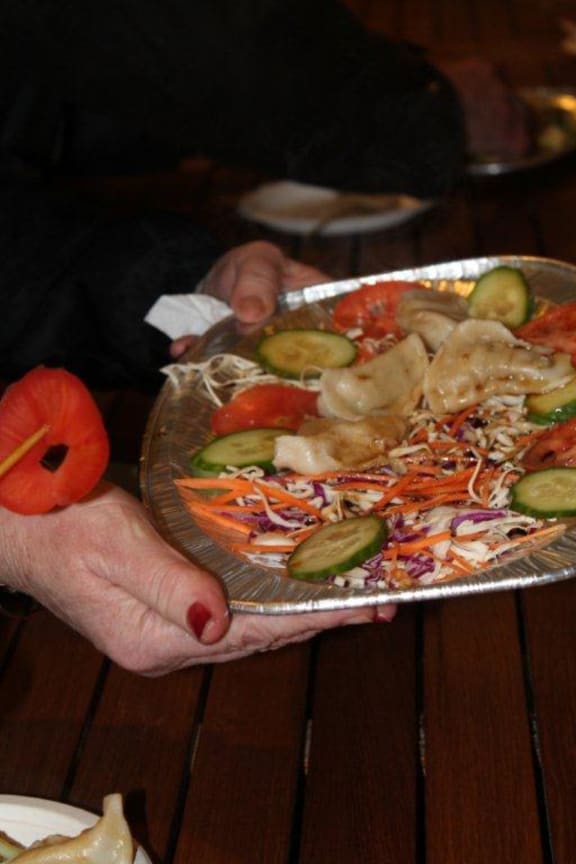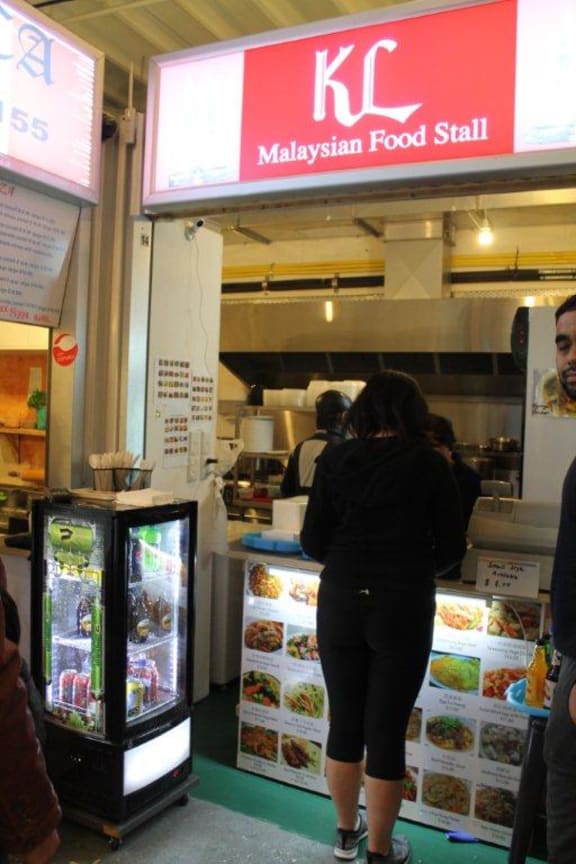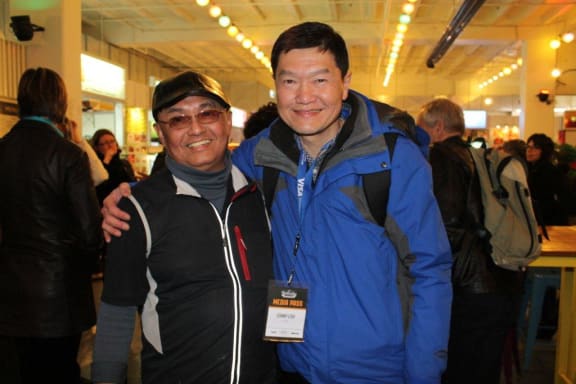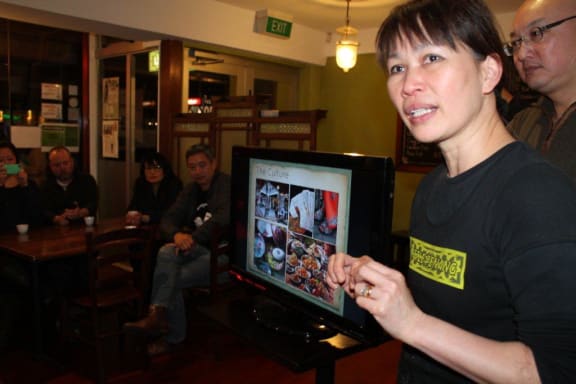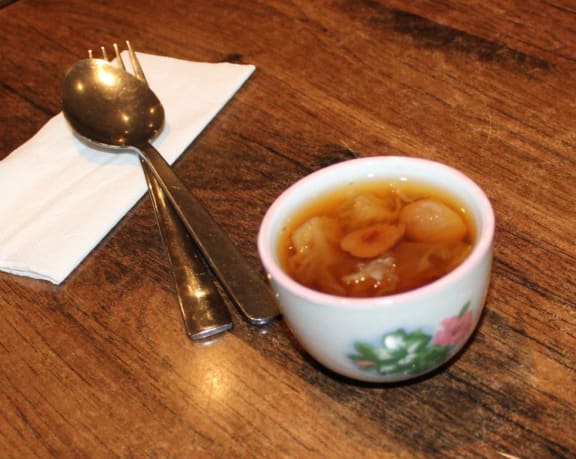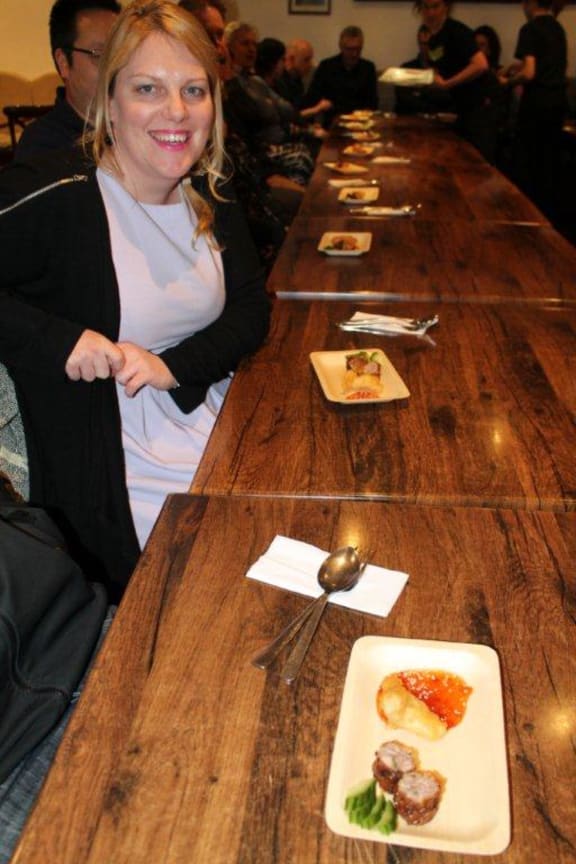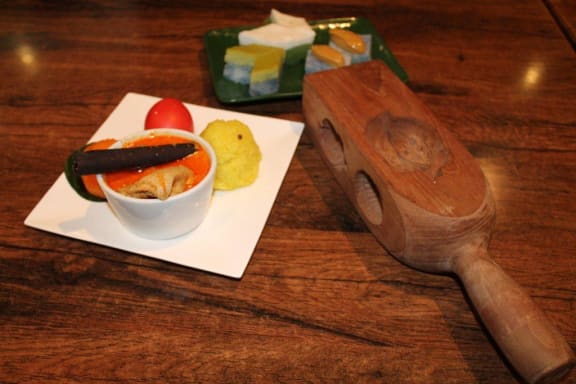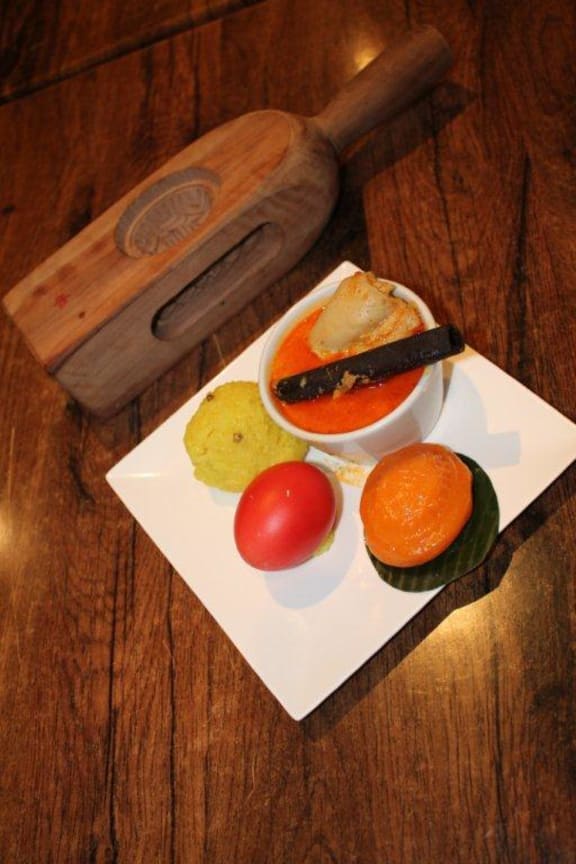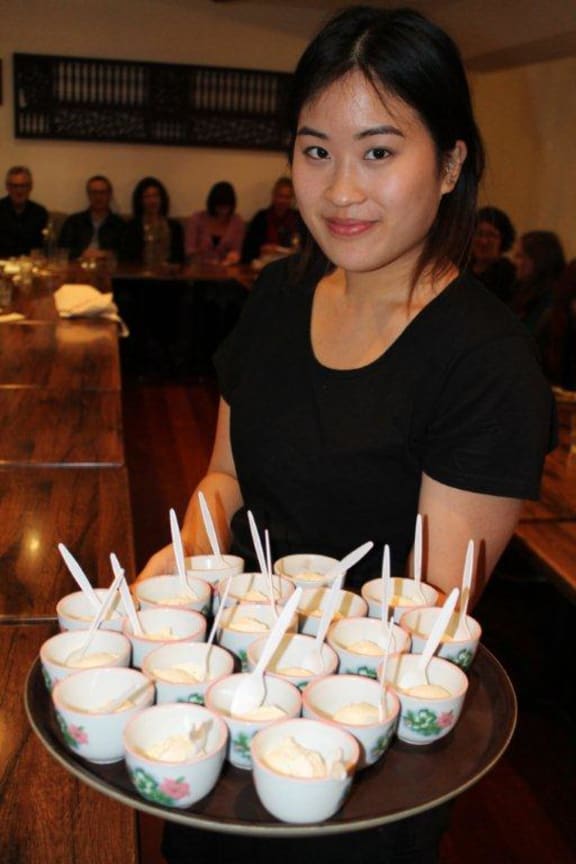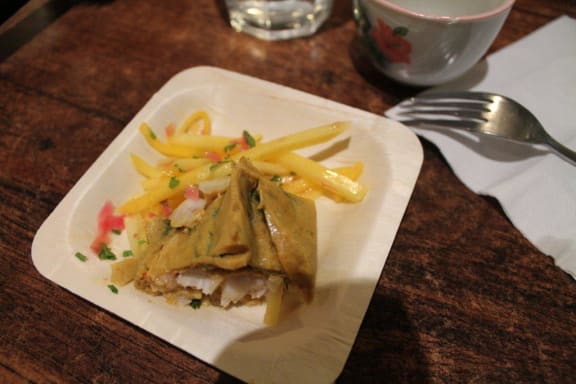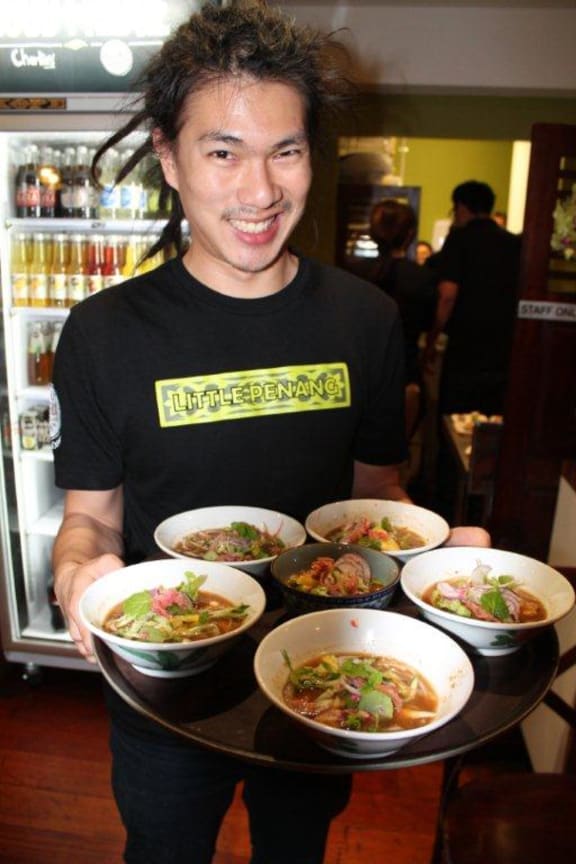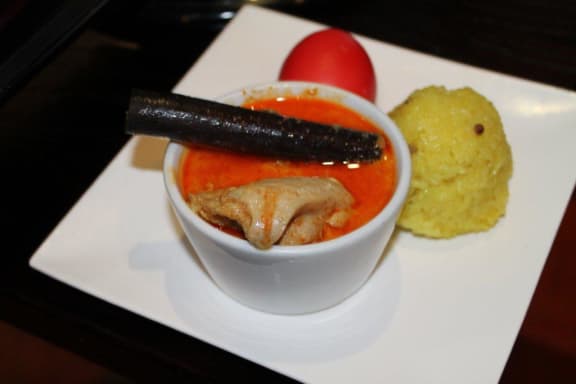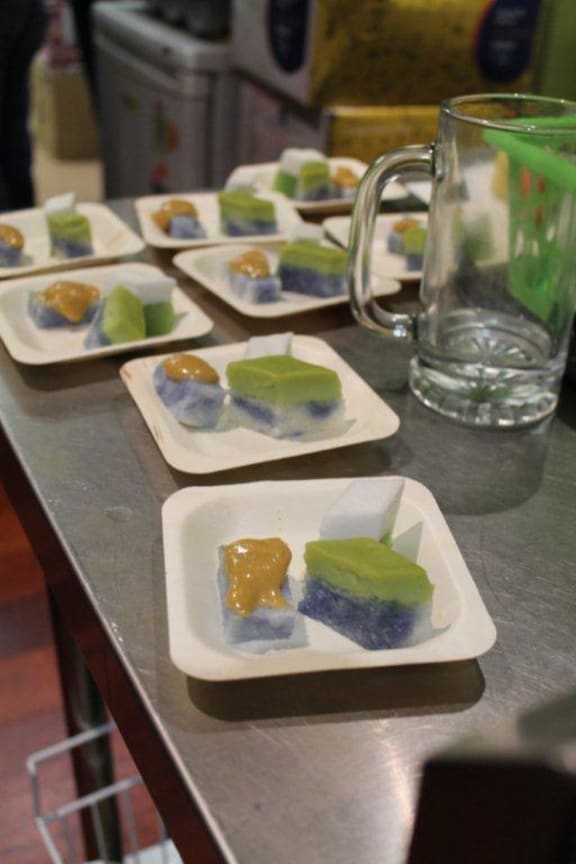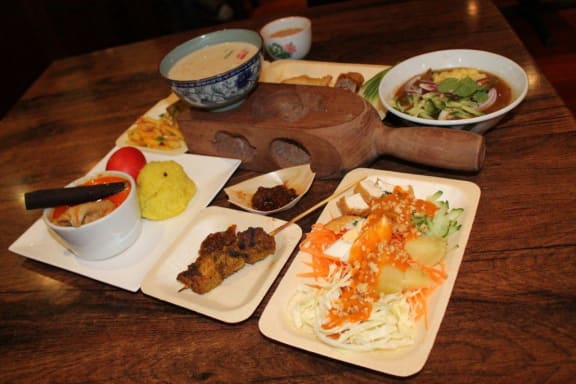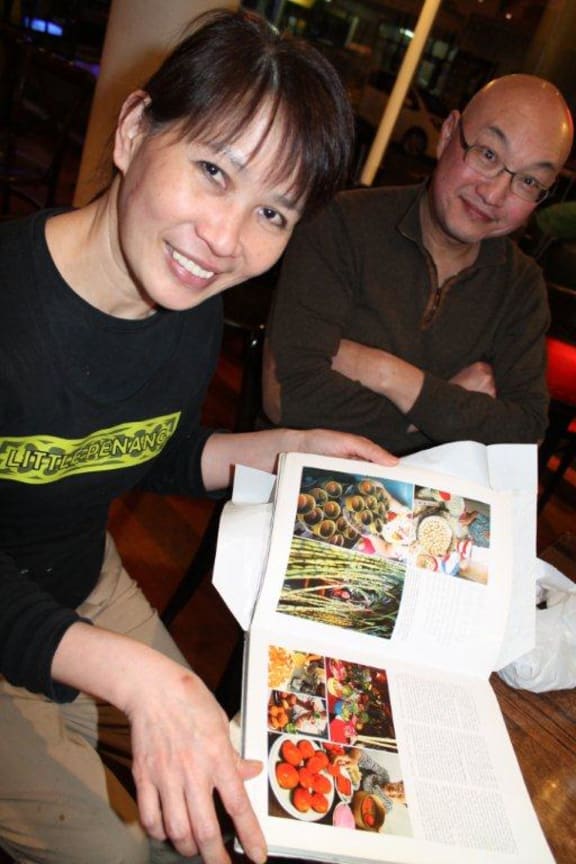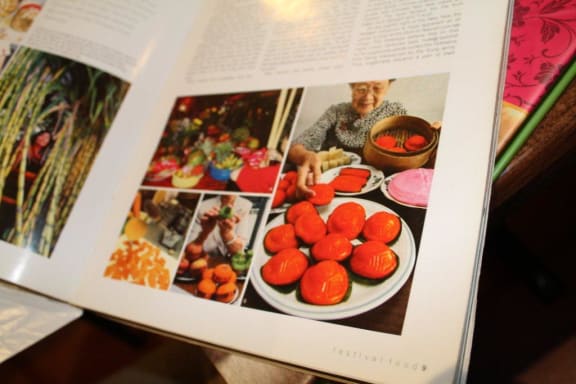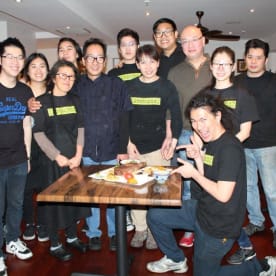There's Malaysian Indian, Malaysian Chinese and ethnic Malay cuisine reflecting the diversity of centuries old cultures. Lynda Chanwai-Earle joins other foodies on a secret dining trail as part of the Visa Wellington on a Plate festival to learn about the diversity of Malaysian culture through their traditional dishes. The Malaysian trail starts with ingredients and preparation and ends with a few revealing secrets about how to win lovers - with oranges!
By Lynda Chanwai-Earle
When you go out for dinner it’s an added bonus if your host can illuminate you with the fascinating cultural facts behind their dishes. I’ve just learned that “welcoming tea” made from wood ear fungus and red date is meant to bring longevity and prosperity and that roti is a staple part of the Malaysian diet.
“Secret Dining Trails – Malaysian” was the name given to the event by the Visa Wellington on a Plate Festival which saw around 25 patrons walk the streets of Wellington in search of some culture on a plate “Malaysian” style. Patrons are braving the unknown – it’s so secret in fact, none of the patrons know where they are going next so it’s imperative to find the group and stick with them.
The Malaysian trail starts with ingredients and preparation and ends with a few revealing secrets about how to attract lovers – apparently by pelting them with oranges!
The groups meeting point is the Baker’s Pantry at Moore Wilson’s Supermarket and Caterers to learn about the diversity of Malaysian culture through their traditional dishes.
The foodies are easy to spot as they’re all carrying their signature Asia New Zealand Foundation bags, the key sponsor for the three Asian Secret Dining Trails (Malaysian, Vietnamese and Chinese).
Malaysian Chinese New Zealander Lenny Loh is our tour guide. Now working in I.T. Lenny was a chef in early days at the Hong Kong Restaurant in Christchurch and naturally loves food. He explains the essential Malaysian cuisines to me, made up of Chinese, Indian and ethnic Malay cultures and also mixture of cuisines because of the crossover of cultures through mixed marriage; such as Chinese/Nyonya Malay.
Lenny tells me that roti is a staple to the Malaysian diet as much as rice is, and it’s common across all three of the dominant cultural cuisines.
So first up, there is the roti... Jeff, a very brave patron has volunteered and is attempting to flip roti dough. His hands are slick with oil as he awkwardly swings the disc of dough around, misses and nearly covers my microphone. The group roar with laughter, it’s a great ice-breaker and I’m envious, it looks like great fun.
Reuban and Caroline Danam own the boutique catering company Rempah, supplying 8 different Malaysian Indian sauces and roti distributed across the country. Right now they’re demonstrating how to make roti to the patrons.
Caroline Danam is explaining the eating etiquette for Malaysian Indians; chopsticks if it’s Chinese, fork and spoon if it’s ethnic Malay and Indian people like to use their fingers to eat with (predominantly the right hand for eating and left for cleaning). However anyone brought up in Malaysia are dexterous with all forms of eating utensils and restaurants provide everything anyway.
KL Café at the Willis Street Food Court is next and owners Frankie and Steven are serving classic Chinese Malaysian street food such as Char Kuay Teow (classic stir fried noodle dish), Malaysian satay sticks and steamed dumplings. They’re a popular and colourful site for lunching patrons in the CBD.
Roti Chenai on Victoria Street has been going since 1992, one of the oldest Malaysian South Indian restaurants in Wellington run by Vija Seeman and her older brother. Vija explains that their cuisine is predominantly from South India such as the Sukka, (creamy curries and chilli prawn curries) and buriani (North and South of India). Lenny tells me he's a huge fan of their authentic creamy curries.
The group moves on to the final destination, again in Dixon Street in Wellington's CBD.
A welcoming longevity wood ear fungus and red date tea is being served by Tee Phee, last but not least, Little Penang on Dixon Street offers authentic cuisine from Penang, a gem of a family restaurant run by Tee and her husband Keith Cheah. Dish by dish Tee and Keith explain the Nyonya Malaysian culture behind their delicacies.
Nyonya Penang is a culture of cuisine that could be described as "entirely distinct and distinctly delicious". Keith tells me that Baba is the Chinese Malay word for "father" and Nyonya is the Chinese Malay word for "mother."
Nyonya cuisine developed around the Penang Peninsula over the last five hundred years and has Chinese, Indian and ethnic Malay influences particularly in spices and ingredients specific to the location.
One patron, Margaret Brooke is a food writer herself. She tells me that she is big fan of Malaysian and the Little Penang has impressed her greatly.
We finish on a warming coconut rice pudding, it's quite soupy in texture. Tee explains that in the old days, traditionally the foot-bound ladies of the houses were not encouraged to go out much so luncheons were their way of gathering socially. This sweet delicacy with its colourful beads of tapioca was a way of treating each other.
These tapioca beads are like cherished little jewels, they represent all that is good in life. The ladies would savour them as they sat and ate together.
Tee tells me that food is tied up in every aspect of life and embedded in their culture. She mentions an old Valentines tradition at the end of Chinese New Year Festival, where singles would throw oranges or mandarins across the river at other singles. There's lots of laughter as some of the Malaysian patrons in the group acknowledges that the "orange pelting session" worked for them.
It's the perfectly satiating end to a secret trail that’s not so secret now, taking us to some hidden gems around Wellington’s CBD for a taste of Malaysia's incredibly diverse culture on a plate.
